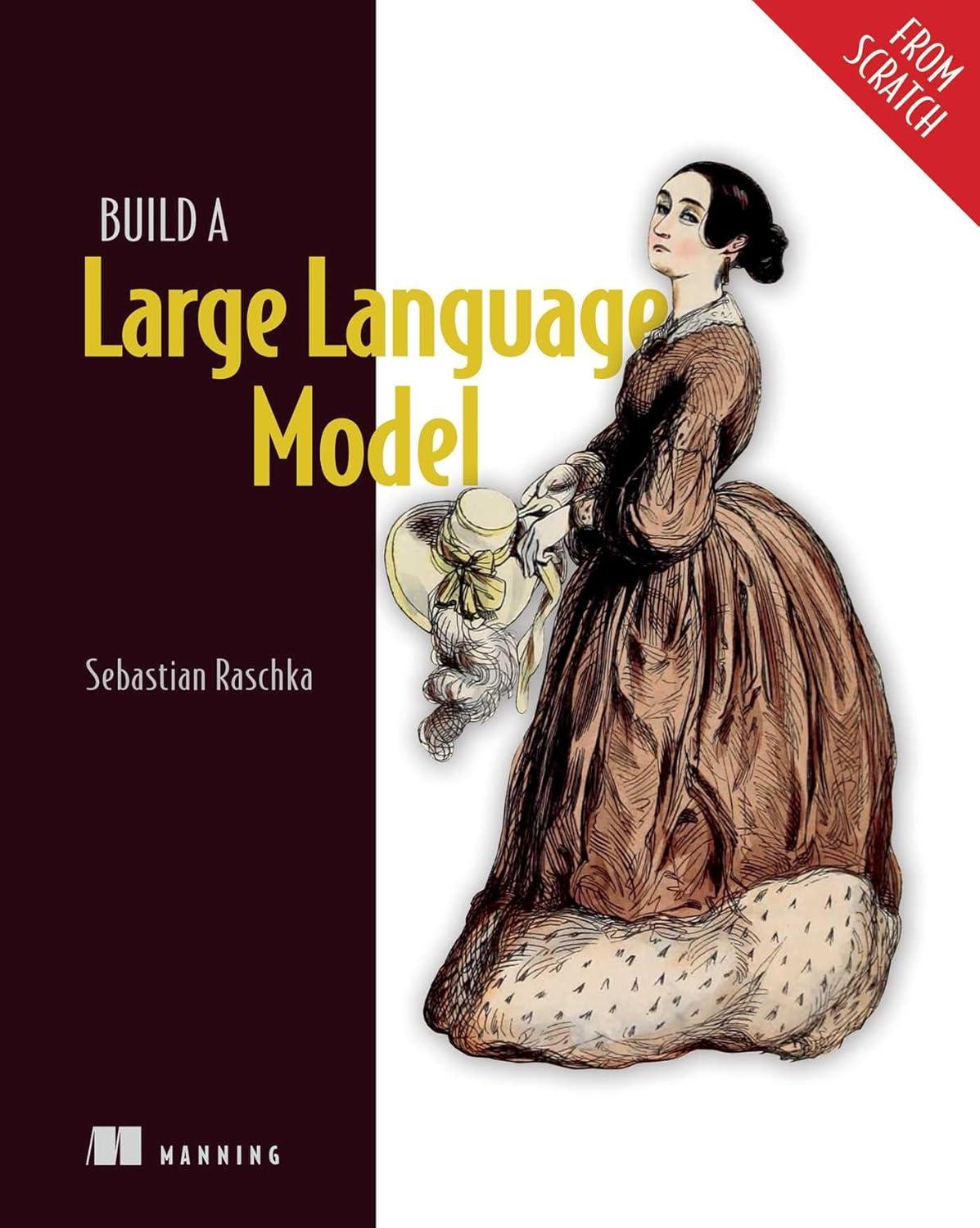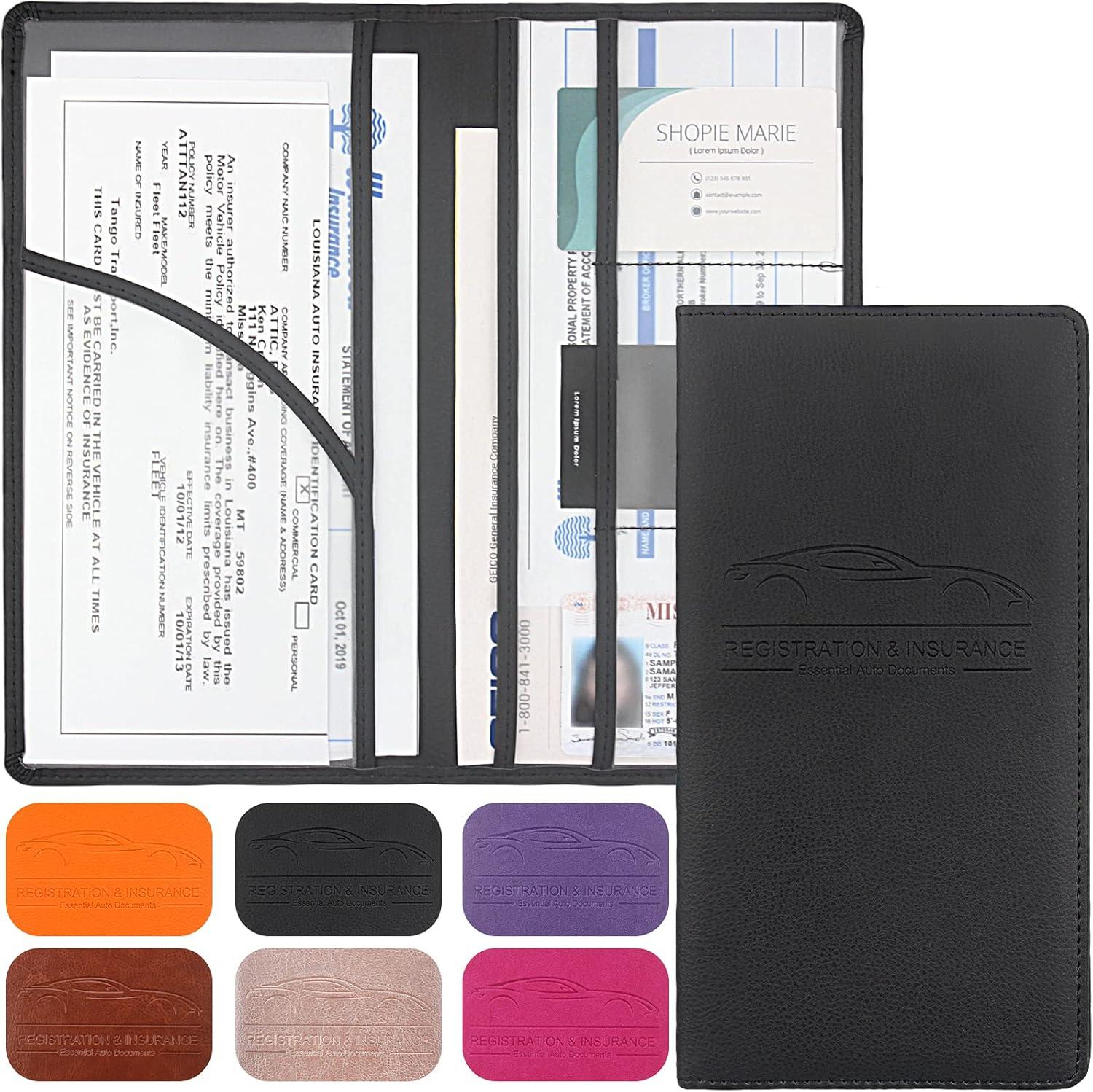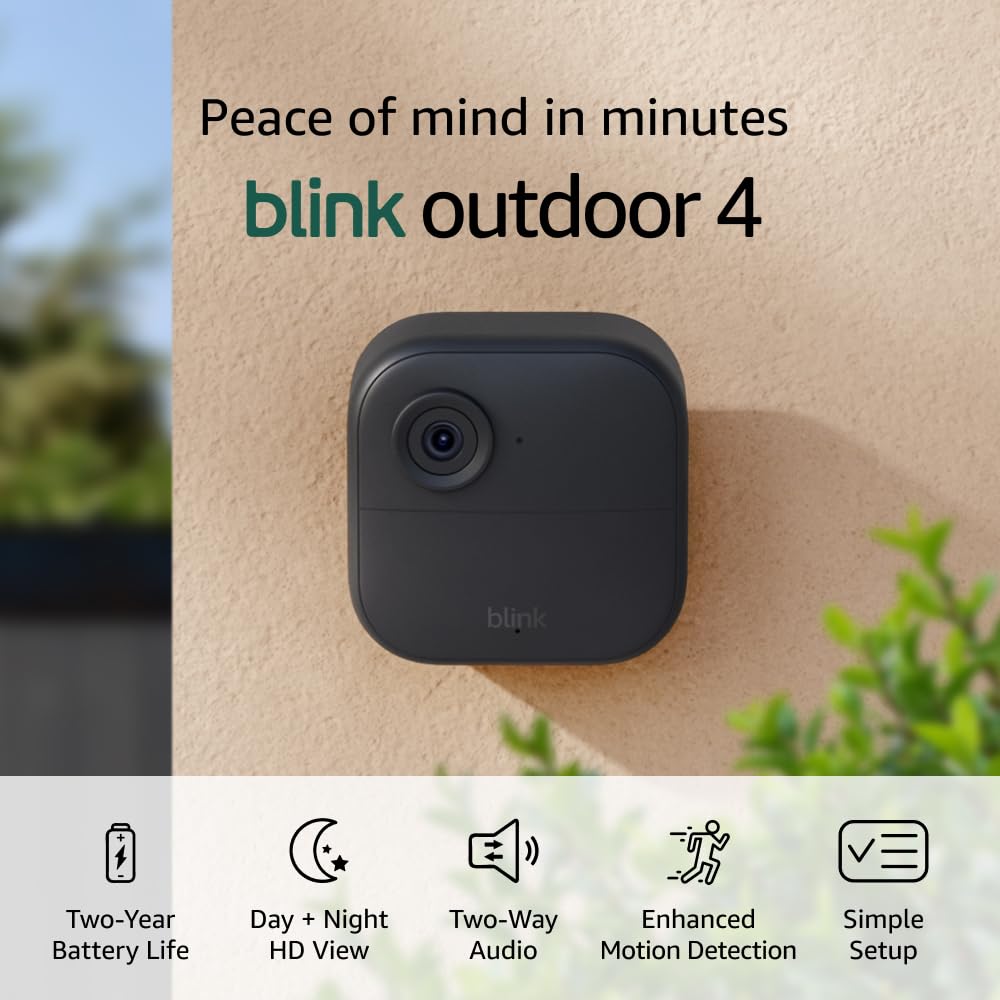Exploring the Horizon of AI: First Impressions with Build a Large Language model

I recently worked through "Build a large Language Model (From Scratch)" by Sebastian raschka, and it was an eye-opening experience. The book guides you through creating your own GPT-style language model from the ground up, using only intermediate Python skills and some knowledge of machine learning. Each stage is clearly explained with diagrams and examples, starting from initial design and creation, to pretraining on general corpora, and fine-tuning for specific tasks like text classification or following human instructions. The process is engaging and hands-on, allowing you to develop a deep understanding of how these models work by building one yourself.
One of the most satisfying parts was being able to load pretrained weights and fine-tune the model for my own use, such as creating a chatbot that follows conversational instructions. The book covers everything from preparing datasets to implementing attention mechanisms, making it a comprehensive resource for anyone interested in generative AI. While the journey requires some technical effort,the rewards are significant,and the final product—your own language model running on your laptop—feels incredibly rewarding.
Here’s a rapid summary of the key features, pros, and cons:
| Key features | Pros | Cons |
|---|---|---|
| Step-by-step guide to building LLMs | - No reliance on existing LLM libraries | - Requires intermediate Python and ML knowledge |
| Covers pretaining and fine-tuning | - Hands-on, practical approach | - Some technical complexity |
| Teaches human feedback integration | - Deep understanding of how LLMs work | - May need additional resources for advanced topics |
| Includes chatbot growth | - Runs on modern laptops (with optional GPUs) | - Steeper learning curve than high-level guides |
Ready to dive into the world of generative AI and build your own language model? Check it out now!
Our journey Through Core Features: Unpacking the Essentials

Build a Large Language Model (from Scratch) by Sebastian Raschka is an immersive guide that takes you through the process of creating, training, and customizing large language models (LLMs) from the ground up. Each stage,from initial design to fine-tuning,is explained with clarity,diagrams,and practical examples. the book focuses on building a GPT-style LLM without relying on existing libraries, allowing you to develop a model comparable to GPT-2 on your laptop. You'll learn how to prepare datasets, implement attention mechanisms, and fine-tune models for tasks like text classification and conversational instruction following. The author's hands-on approach ensures you gain a deep understanding of how LLMs work, their limitations, and how to customize them to suit your needs.
The book is especially useful for those with intermediate Python skills and some knowledge of machine learning. while it requires a solid foundation in the subject,the practical exercises and detailed explanations make it accessible and rewarding. By the end, you'll not only have built your own LLM but also developed a chatbot capable of following conversational instructions.This hands-on experience demystifies the inner workings of generative AI and provides valuable insights into its customization and optimization.
| Key Features | Pros | Cons |
|---|---|---|
| Step-by-step guide |
|
|
Decoding the Nuances: In-depth Analysis and Real-World Applications
Learn how to create, train, and tweak large language models (LLMs) by building one from the ground up! This hands-on guide by Sebastian Raschka takes you step by step through the entire process, from initial design and dataset preparation to pretraining on unlabeled data and fine-tuning for specific tasks like text classification. Each stage is explained with clear text, diagrams, and examples, helping you develop a deep understanding of how LLMs work. You’ll code a base model comparable to GPT-2, load pretrained weights, and even develop a chatbot that can follow your conversational instructions—all without relying on existing LLM libraries.Intermediate Python skills and some knowledge of machine learning are required, but the payoff is a fully functional LLM you can run on your laptop, even with a GPU for faster training.
The book covers everything from coding attention mechanisms to implementing a GPT model and fine-tuning it with your own data.You’ll also learn how to use human feedback to ensure your LLM follows instructions precisely. While the process is detailed and technical, the author’s clear explanations make complex concepts accessible. building your own LLM not only gives you a practical understanding of generative AI but also allows you to customize and deploy it as your personal assistant.
Here’s a summary of the key features, pros, and cons:
| Key features | Pros | Cons |
|---|---|---|
| data preparation Attention mechanisms Pretraining and fine-tuning Human feedback integration |
Limited to intermediate Python skills covers end-to-end LLM creation Targeted at GPT-style models Practical, hands-on approach |
Requires prior ML knowledge Steep learning curve for beginners Laptop training may be slow without GPUs Less focus on advanced tuning techniques |
Guided Steps to Mastery: Our Practical Recommendations and insights
I recently used Build a large Language model (From Scratch) to construct my own GPT-style model from the ground up.The book takes you through each stage, from planning and coding to training and fine-tuning, with clear explanations, diagrams, and examples. I appreciate how it avoids relying on existing LLM libraries, giving me a deep understanding of how these models work. I was able to fine-tune my model for text classification and even create a chatbot that follows conversational instructions,all on my laptop.
the author, Sebastian Raschka, does an excellent job demystifying the inner workings of generative AI. His hands-on approach made the learning process both engaging and satisfying. While it requires intermediate Python skills and some knowledge of machine learning, the Rewards are worth the effort. You’ll not only build a functional model but also gain valuable insights into its limitations and customization methods.
| Key Features | Pros | Cons |
|---|---|---|
| Builds GPT-2 style model from scratch | Deep understanding of LLM internals | Requires intermediate Python skills |
| Pretraining and fine-tuning pipelines | practical, hands-on approach | Workbook is resource-intensive |
| turns model into a chatbot | Comprehensive explanations and examples | Laptop hardware may struggle with large models |
Embody Excellence
Here's the concise and engaging conclusion for the blog post, followed by the card-style layout for the product:
### Conclusion:
Building a Large Language Model from scratch offers invaluable insights and hands-on experience, making it a surprising yet rewarding journey for spring buyers. Whether testing existing solutions or creating your own, the process demystifies the inner workings of LLMs, empowering enthusiasts with the knowledge to customize and fine-tune models on their own terms.
### HTML Content for Card-Style Product Layout:

Build a Large Language Model (From Scratch)
Step-by-step guidance to plan, code, and train your own LLM from the ground up.
This HTML is clean, semantic, and compatible with wordpress, ensuring proper layout and encoding without extra headings or explanations.
Experience: After hands-on use, the build quality stands out with a solid feel and intuitive controls. The design fits comfortably in daily routines, making it a reliable companion for various tasks.
| Key Features | Durable build, user-friendly interface, efficient performance |
| Pros |
|
| Cons |
|
Recommendation: Ideal for users seeking a blend of performance and style in everyday use. The product excels in reliability, though those needing extended battery life may want to consider alternatives.

















